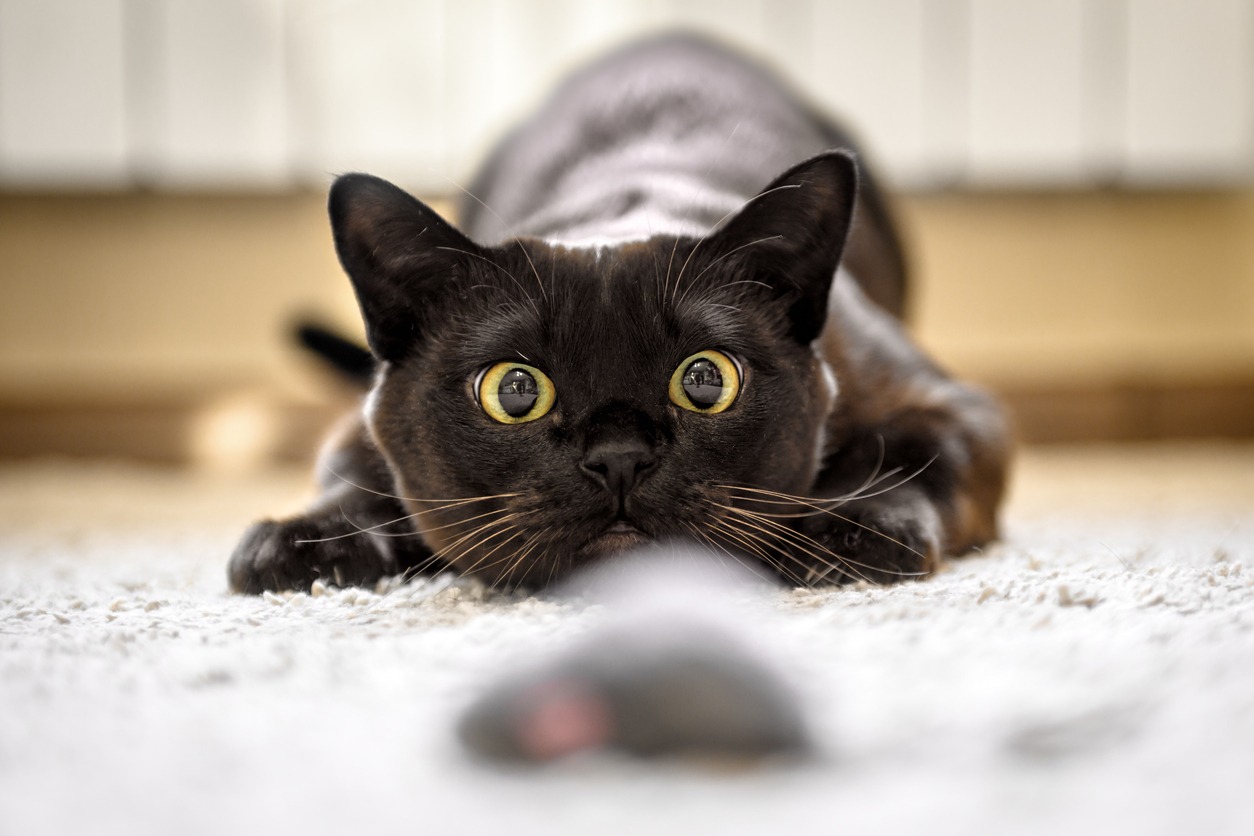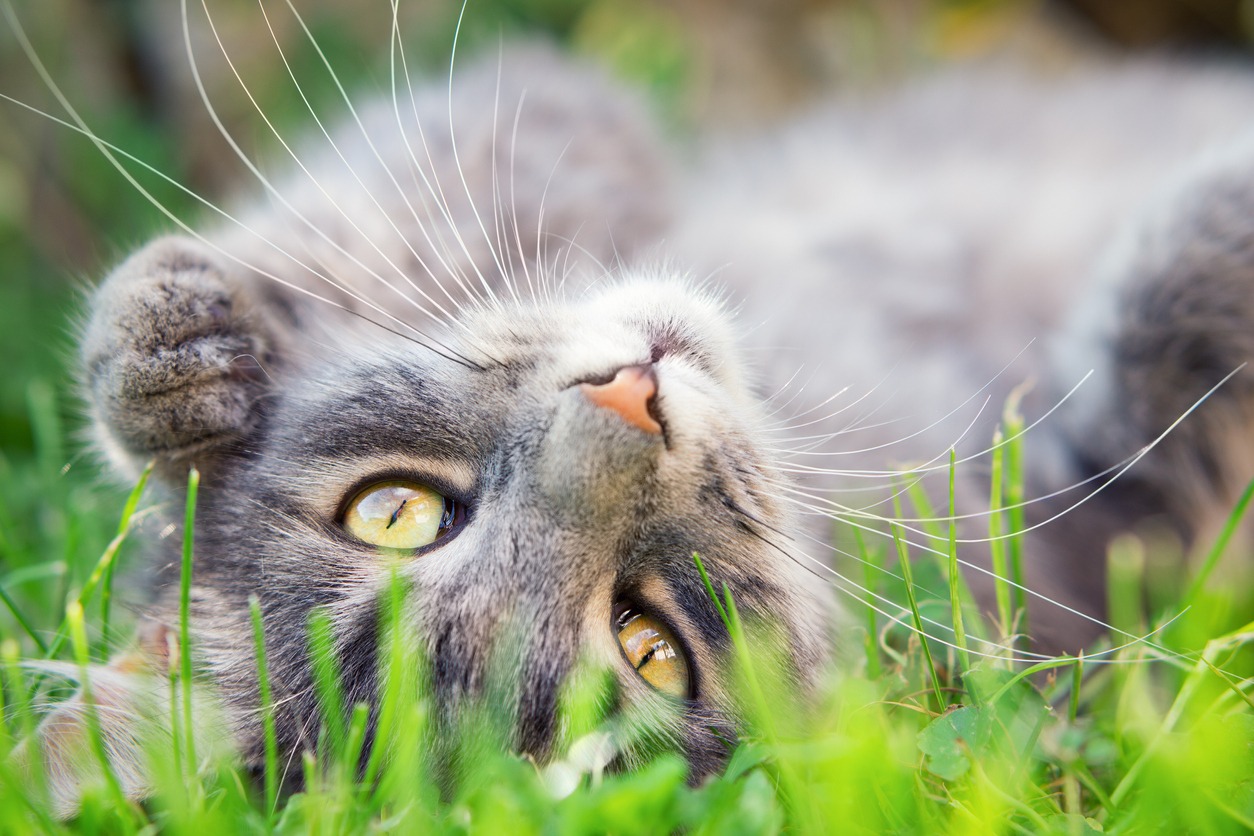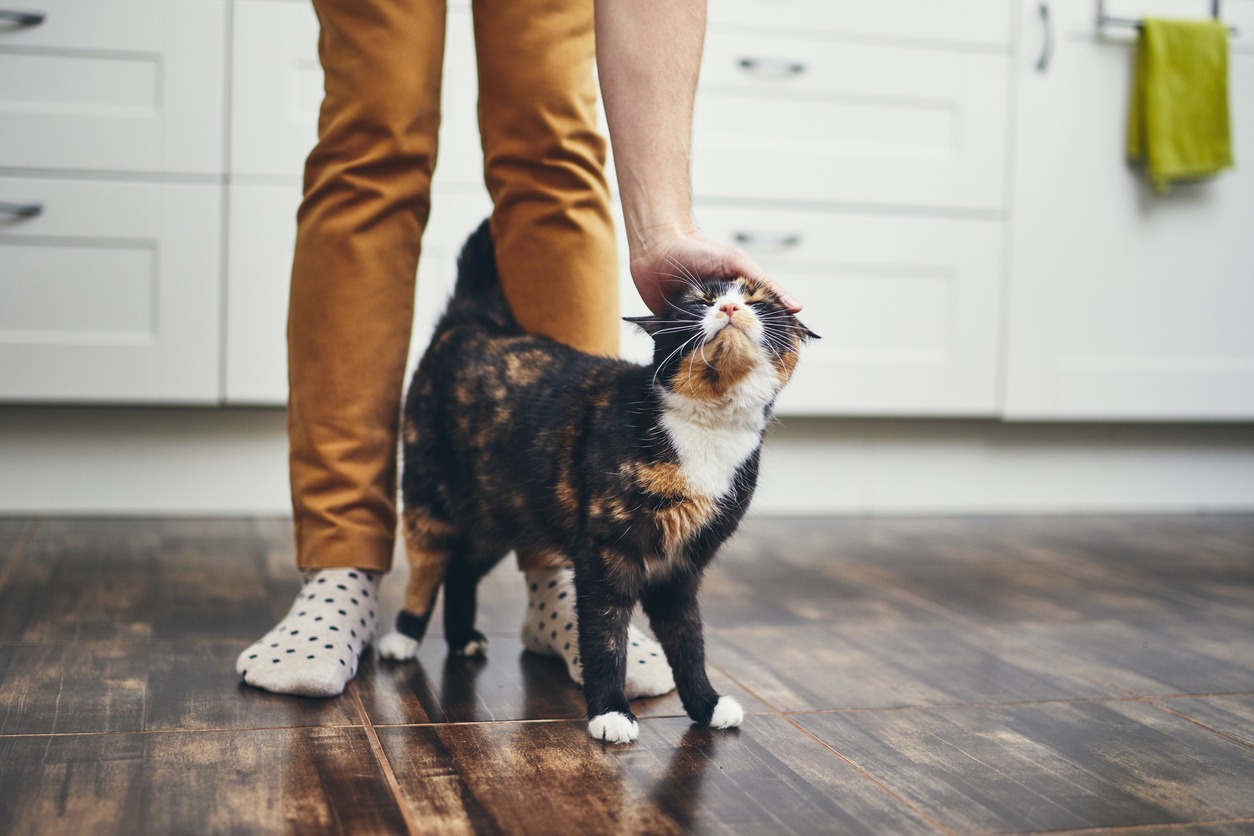Cats are beloved companions known for their independent nature and mysterious behavior. However, even the most experienced cat owners can struggle to understand their feline friends. This is because cats communicate through a complex system of body language, often using subtle cues and gestures to express their needs and emotions.
As a result, it is crucial for cat owners to have a solid understanding of feline body language in order to provide their pets with the best care and build a strong bond with them.
Whether you are a new cat owner or have been living with felines for years, this article will provide valuable insights into the fascinating world of cat behavior.
Common Feline Body Language Cues
Understanding common feline body language cues can greatly enhance one’s ability to communicate and interact with cats effectively. By paying attention to these cues, cat owners and caregivers can better understand their feline companions and provide for their well-being.
One of the most noticeable and telling cues is their tail position and movement. A cat’s tail can convey a range of emotions, from contentment to agitation. A relaxed and happy cat typically holds its tail upright with a slight curve at the end, while a lowered tail with twitching movements may indicate fear or uncertainty. A tail held straight up with a stiff posture is a sign of aggression, while a swishing tail can show annoyance or impatience.
Similar to radar, a cat’s ears are constantly scanning their surroundings, picking up on any potential threats or changes in their environment. When a cat’s ears are forward, it indicates that they are alert and focused. Sideways ears suggest a relaxed and content state, while backward ears can signal fear or aggression.
Direct eye contact in cats is a common form of nonverbal communication that can convey a variety of meanings. It is often associated with dominance, or if the cat is getting ready to pounce. However, in certain situations, direct eye contact can lead to stress and discomfort for both the cat and the person. This is especially true when interacting with unfamiliar cats, as they may view direct eye contact as a sign of aggression.
Dilated pupils in cats suggest excitement or fear, while constricted pupils indicate contentment or aggression. This change in pupil size is controlled by the autonomic nervous system and can be observed when a cat is playing, hunting, or feeling threatened.
Cats use their whiskers to judge proximity, as they have a remarkable ability to detect even the slightest movements in the air around them. They also use these to express their mood. For instance, relaxed whiskers indicate a calm and content state, while perked whiskers show curiosity. On the other hand, whiskers pulled back make a cat’s face appear calmer and less fierce.
When a cat is feeling relaxed and content, they will often stretch out their body, showing a loose and fluid posture. On the other hand, when a cat is feeling threatened or aggressive, they will typically arch their back, puff out their fur, and hold their body in a defensive position. Meanwhile, when a cat is fearful or anxious, they may crouch low to the ground or hide their body behind objects.
Kneading and purring are two common behaviors exhibited by cats that often signify their emotional state. Kneading is a paw movement commonly associated with contentment and happiness.
On the other hand, purring is a vocalization that can be heard when a cat is content, but it can also occur in situations of illness or stress. It is important to note that there are cats who have experienced trauma or stress may not usually purr, but this does not immediately mean they are sad.
Understanding the context
Understanding feline body language cues is crucial in establishing effective communication with cats. However, interpreting these cues accurately can be challenging without considering the context in which they are displayed.
Context refers to the specific circumstances and environment in which a cat is exhibiting certain behaviors. For example, a cat may display a flattened body posture when feeling threatened in a new environment, but the same posture may indicate relaxation in a familiar setting.
For example, a cat’s ears flattened against their head may indicate fear or aggression when confronted with a new and unfamiliar environment, but it could also be a sign of contentment when they are in a comfortable and familiar space. Similarly, a cat’s tail held up high can be a sign of confidence and happiness, but it could also be a warning sign of potential aggression towards another cat.
A cat’s body language can vary depending on its age, breed, and past experiences. Therefore, understanding context is essential in accurately interpreting feline body language cues and building a strong bond with our feline companions.
Building a Relationship with Your Cat
Cats are known for their subtle and intricate ways of communicating, and being able to interpret their body language can greatly improve the bond between you and your furry companion.
To start, pay attention to your cat’s ears, eyes, and tail movements as they can indicate their mood and intentions. Observe their overall posture and grooming habits, as these can also give insight into their emotions. It’s important to remember that every cat is unique and may have their own individual body language cues, so take the time to observe and learn your cat’s specific behaviors.
Furthermore, being attuned to your cat’s body language can also help you identify when they are feeling stressed or uncomfortable, allowing you to provide them with the necessary support and care.
For instance, when your cat approaches you with their tail held high and slightly curved at the tip, it is may indicate trust and affection. Responding by gently petting them and offering them treats can reinforce this positive behavior and deepen your bond. On the other hand, if your cat displays a low and puffed-up tail, it may be a sign of fear. Responding by giving them space and using calming techniques can help your cat feel safe and build trust in you.
Conclusion
Cats are known for being independent creatures, often communicating through subtle cues and body postures. By being able to interpret these signals, owners and professionals can better understand their cat’s needs, wants, and emotions. It can also prevent miscommunication and potential aggressive behaviors.
Taking the time to learn and interpret feline body language is crucial for the well-being and harmonious relationship between cats and their human companions.




